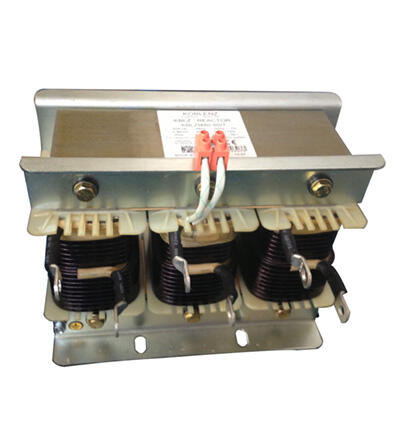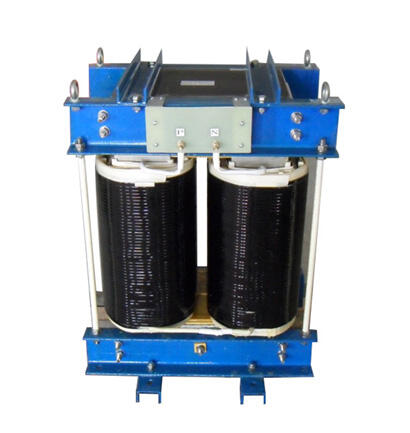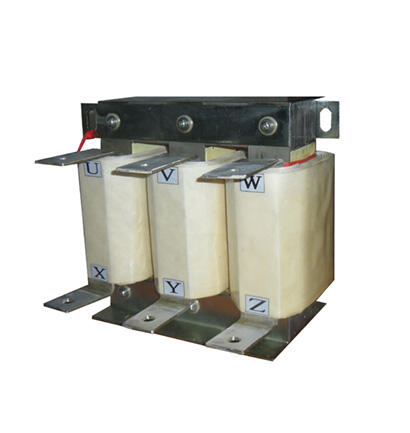reactor folosit în sistemul electric
Un reactor în sistemele electrice este un component crucial conceput pentru a gestiona și controla curgerea curentului electric în rețelele de distribuție a energiei. Acest dispozitiv sofisticat îndeplinește mai multe funcții esențiale, concentrându-se în principal pe îmbunătățirea calității energiei și pe consolidarea stabilității sistemului. Reactorul funcționează prin introducerea unei inductanțe controlate în circuit, limitând eficient curgerile de fault și gestionând fluturările de tensiune. Reactoarele moderne incorporează materiale avansate de nucleu și tehnologii sofisticate de înfășurare care permit o controlare precisă a impedenței și pierderi minime de putere. Aceste dispozitive sunt instalate strategic în diferite puncte ale rețelei electrice, inclusiv linii de transmisie, substanțe și sisteme de distribuție. Tehnologia folosită în reactoarele sistemelor electrice a evoluat semnificativ, prezentând acum sisteme de răcire îmbunătățite, materiale de izolare superioare și capacități de monitorizare avansate. Aceste reactoare sunt deosebit de valoroase în aplicațiile cu tensiuni ridicate, unde ajută la menținerea stabilității sistemului în timpul operațiilor de comutare și condițiilor de fault. Ele joacă de asemenea un rol vital în filtrarea armonicei și corecția factorului de putere, asigurând o calitate optimă a energiei atât pentru consumatori industriali, cât și residentiali. Proiectarea acestor reactoare ia în considerare factori precum cerințele de tensiune, rating-urile de curent, condițiile de mediu și specificațiile de instalare pentru a asigura o eficiență maximă și fiabilitate în operare.


